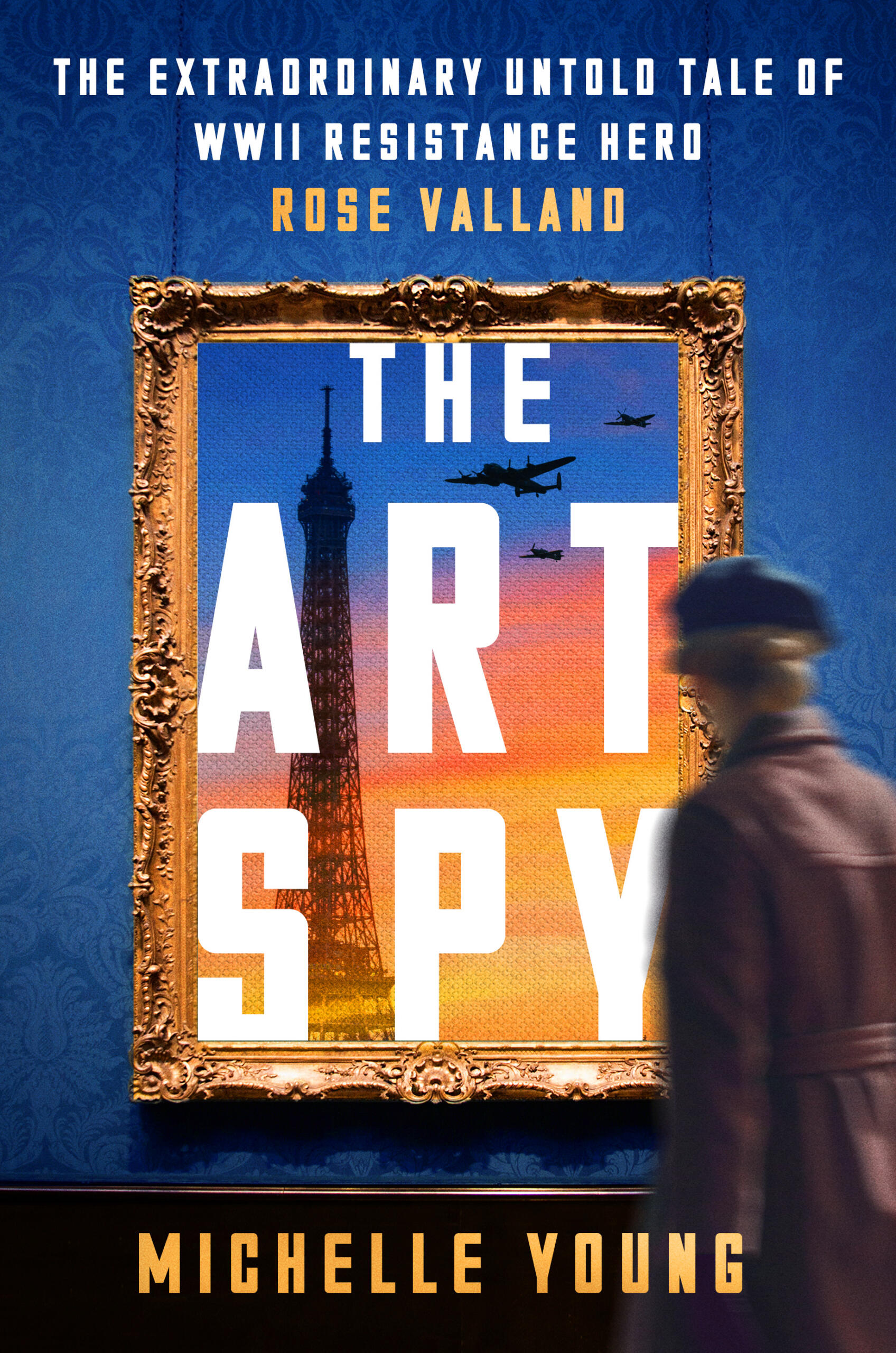Rachel Stern2025-06-25T13:33:20-04:00May 12th, 2025|Events, Lectures, Past Events|
In this book talk, author Michelle Young presents WWII Resistance Hero Rose Valland (1898–1980), an unlikely heroine who infiltrated the Nazi leadership in Paris during World War II to save the world’s most treasured artworks. Image above: Book Cover THE ART SPY. The Extraordinary Untold Tale of WWII Resistance Hero Rose Vallant by Michelle Young (Harper One, May 13, 2025) Rose Vallant was a curator at the Jeu de Paume Museum in Paris when the Nazis invaded France, occupied the museum, and began using it as a sorting center for thousands of pieces of stolen art from across Europe. Valland made herself appear as nonthreatening and essential as possible, retaining her position in the museum [...]
Rachel Stern2024-03-07T07:17:49-05:00February 26th, 2024|Events, Lectures, Past Events|
In this presentation, Gettysburg College professor and author Kerry Wallach explores the life and work of Rahel Szalit (1888–1942; also: Szalit-Marcus). Szalit was a sought-after illustrator and painter who was active in 1920s Berlin and 1930s Paris. Image above: Rahel Szalit-Marcus, The Drive to the Rabbi, in Milgroym, 1922. Lithograph. Rahel Szalit was among the best-known Jewish women artists in Weimar Berlin. She painted and drew landscapes, Berlin city scenes, animals, and portraits of women, children, and public figures. She produced numerous lithographs and worked in pen and ink, pencil, pastel, chalk, oil paint, and watercolors. Women figured prominently in many scenes, from small-town Jewish life to snapshots of the metropolis. [...]
Rachel Stern2024-01-31T18:36:36-05:00January 16th, 2024|Events, Lectures, Past Events|
In the aftermath of Germany's defeat in World War I and the failed November Revolution of 1918–19, which was led by many prominent Jewish politicians, the conservative government of Bavaria identified Jews with left-wing radicalism. Munich became a hotbed of right-wing extremism, with synagogues under attack and Jews physically assaulted in the streets. It was here that Adolf Hitler established the Nazi movement and developed his antisemitic ideas. This lecture provides a gripping account of how Bavaria's capital city became the testing ground for Nazism and the Final Solution. Michael Brenner holds the chair of Jewish History and Culture at Ludwig Maximilian University in Munich. He is also Distinguished Professor of History and Seymour and [...]
Rachel Stern2024-01-24T15:36:23-05:00December 26th, 2023|Events, Lectures, Past Events|
Fifteen years after the great financial crisis of 2008, which shook the capitalist economic system in America and Europe to its foundations, the book “The New Man as Man Machine” presents, for the first time, the interrelationship of art and political economy in the Weimar Republic, the Soviet Union, and the United States of America during the interwar period. By taking a look back at the 1920s and 1930s, it attempts to better understand our own era and its well-founded fears with regard to globalization and a new global economic crisis. Image above: Kliment Redko, Aufstand, 1924-25 This project focuses on how artists reacted to the central questions of the political economy in these three [...]






